In the early 10th century the Anglo-Saxon kingdoms were united by Æthelstan (r. 927–939). In 1016 the kingdom became part of the North Sea Empire of Knut the Great, a personal union between England, Denmark and Norway. The Norman conquest of England in 1066 led to the transfer of the English capital city and chief royal residence from the Anglo-Saxon one at Winchester to Westminster, and the City of London quickly established itself as England's largest and principal commercial centre.
Histories of the kingdom of England from the Norman conquest of 1066 conventionally distinguish periods named after successive ruling dynasties: Norman 1066–1154, Plantagenet 1154–1485, Tudor 1485–1603 and Stuart 1603–1714 (interrupted by the Interregnum (England) of 1649–1660). Dynastically, all English monarchs after 1066 ultimately claim descent from the Normans; the distinction of the Plantagenets is merely conventional.
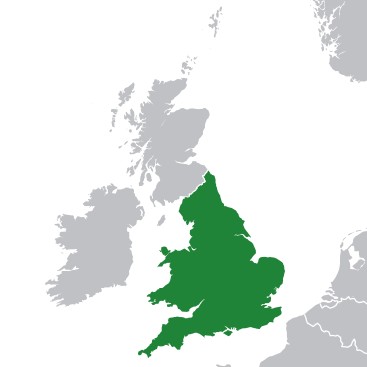
.jpg)
Reverse:
Die Orientation: 0 H
Weight: 0 g

Reverse:
Die Orientation: 0 H
Weight: 1.35 g
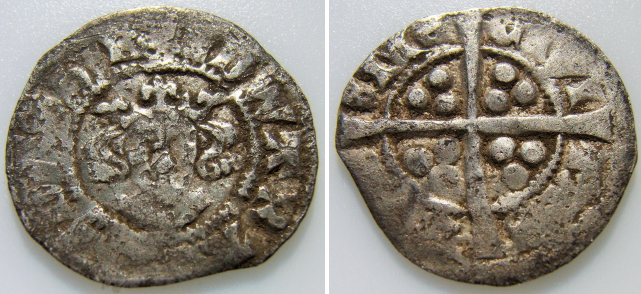
Reverse: CIVITAS DVREME - Long cross pattée with three pellets in each angle.
Die Orientation: 2 H
Weight: 1.16 g
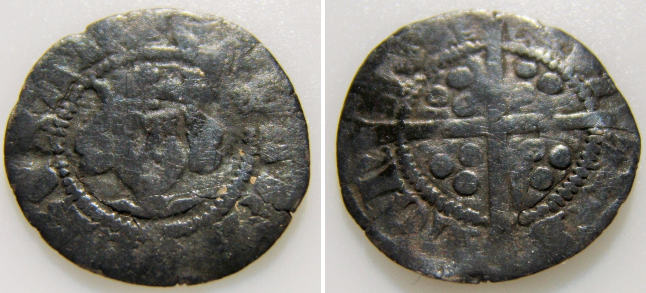
Reverse: CIVITAS LONDON - Long cross pattée with three pellets in each angle.
Die Orientation: 12 H
Weight: 0.5 g

Reverse: ROB ERT ONC ANT /
Die Orientation: -
Weight: 1.33 g
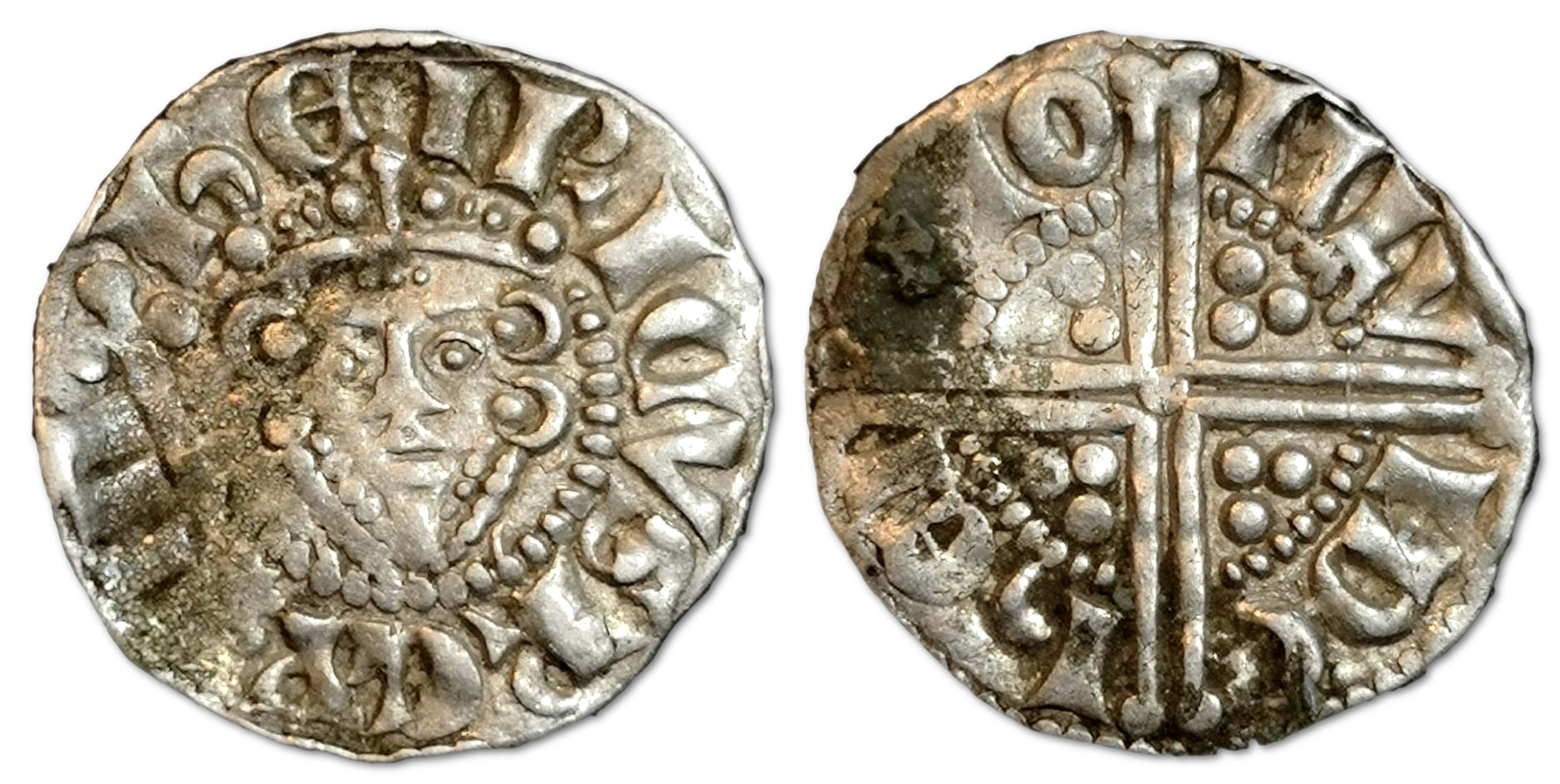
Reverse:
Die Orientation: -
Weight: 1.47 g
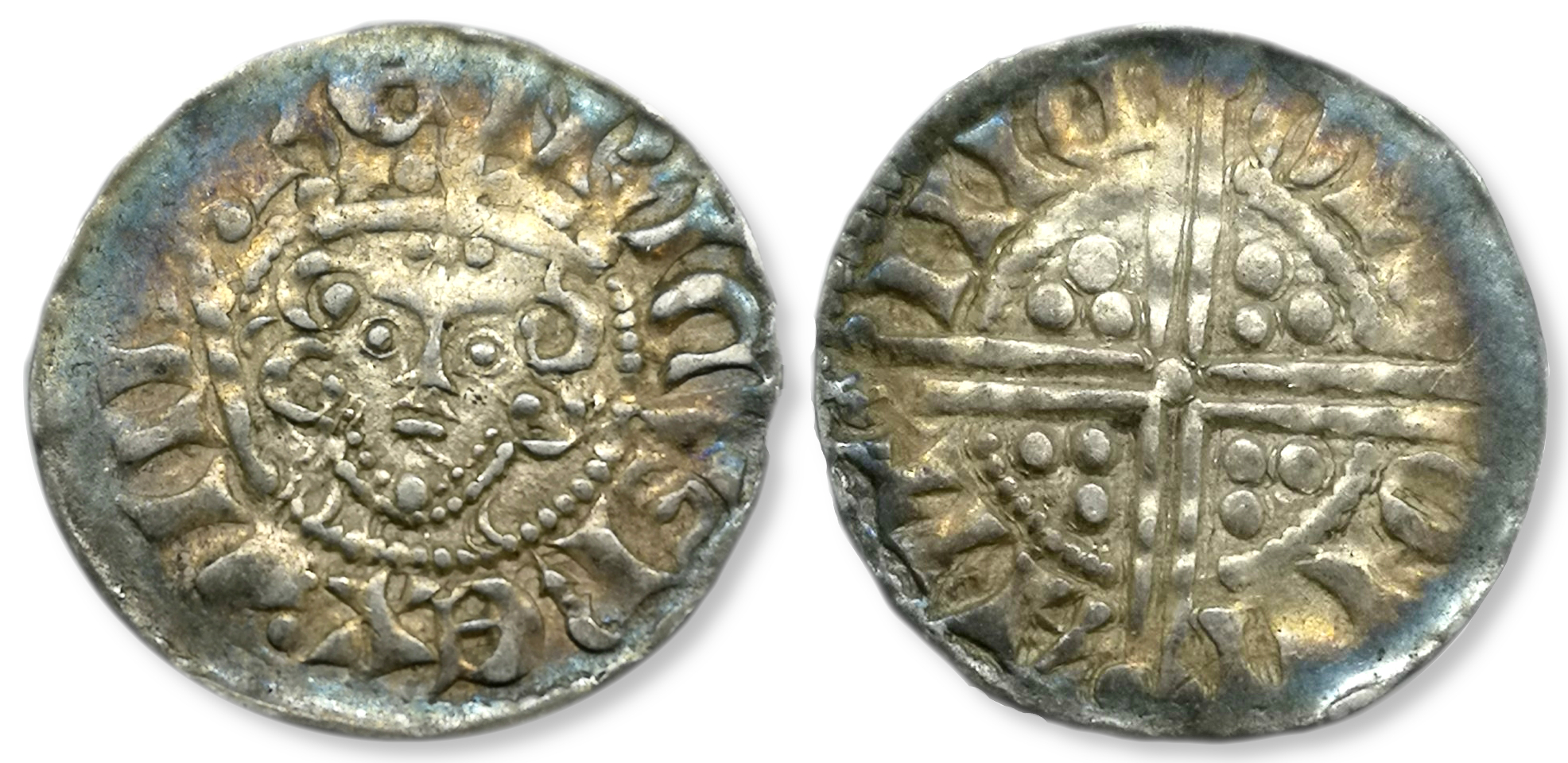
Reverse: NIC/OLC/ONL/VND / voided long cross, with trefoil in each quarter
Die Orientation: 0 H
Weight: 0 g
From The Brussels Hoard Type 3d1
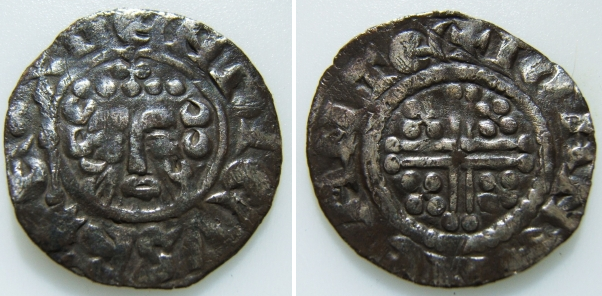
Reverse: +IOAN ON CANTE - Short cross voided with quatrefoil in each angle.
Die Orientation: 2 H
Weight: 1 g
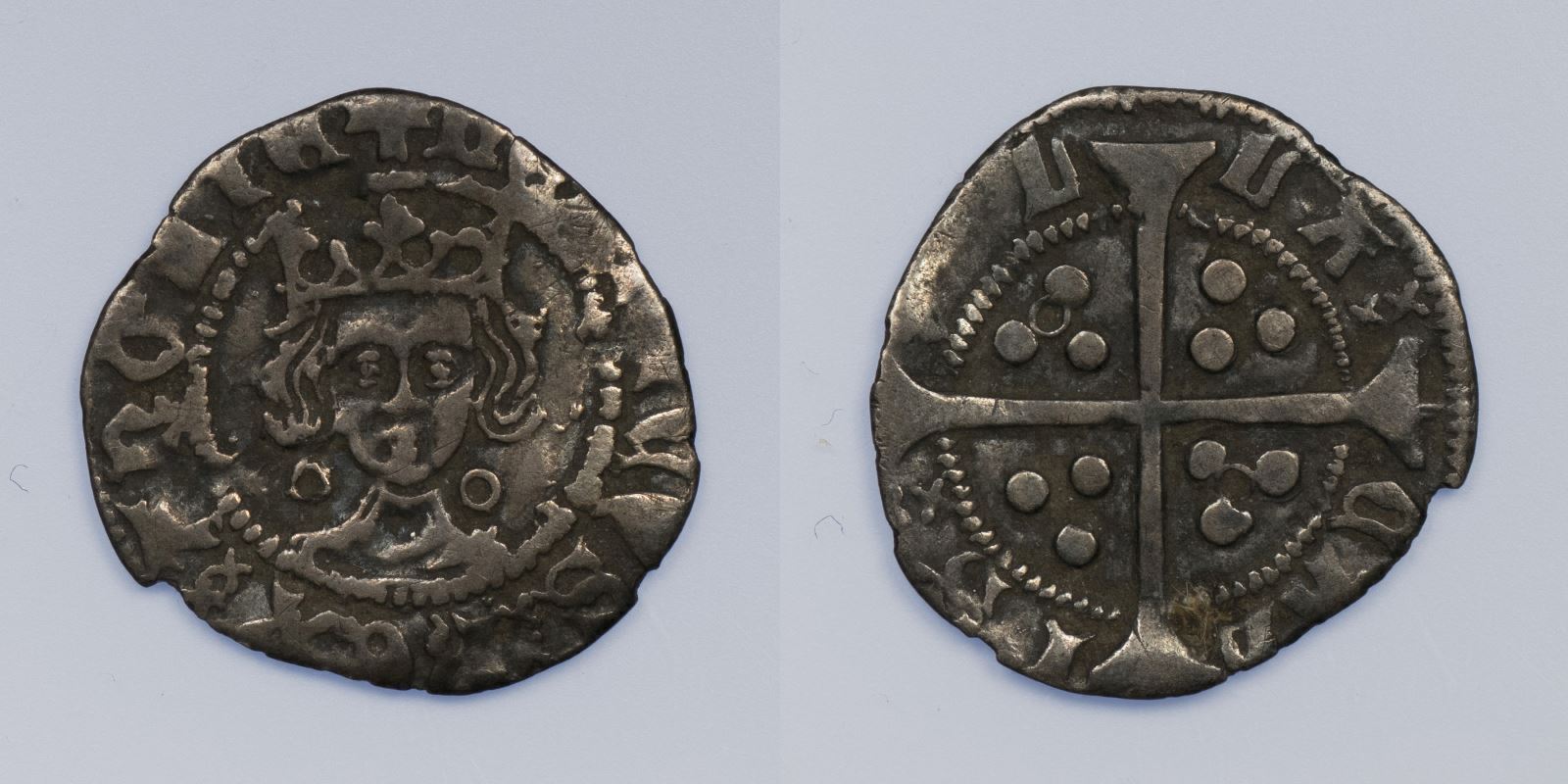
Reverse: VILLA CALIS, Long cross, three pellets in each quadrant, an anulet also in the 1st and 4th quadrants
Die Orientation: 12 H
Weight: 0.8 g
King of England and disputed King of France
AR Penny, Calais mint
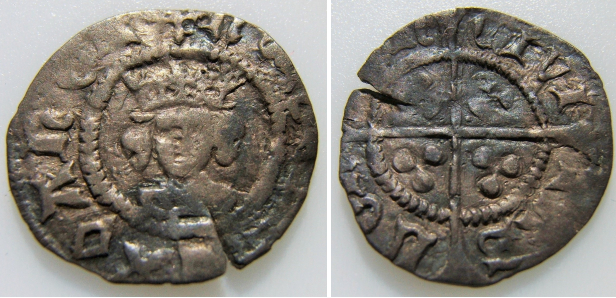
Reverse: CIVITAS LONDON - Long cross pattée dividing the legend, with three pellets in each angle.
Die Orientation: 9 H
Weight: 0.43 g
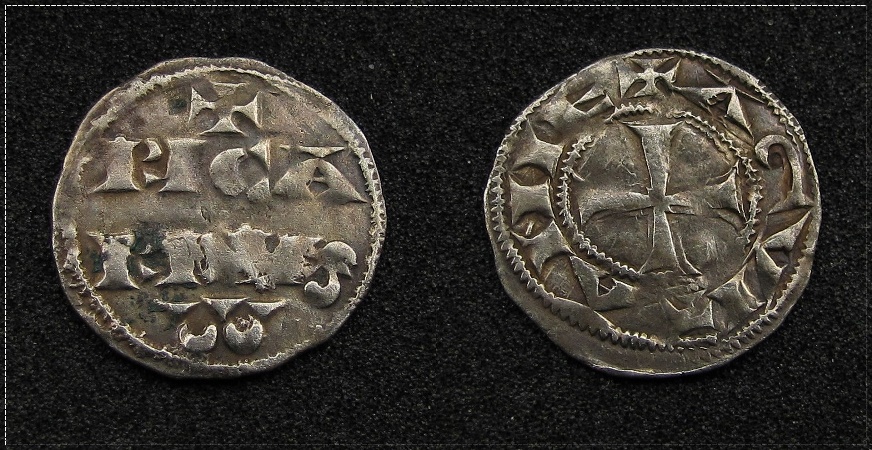
Reverse: +AQVITANIE, Cross pattee within inner circle.
Die Orientation: 0 H
Weight: 0.86 g
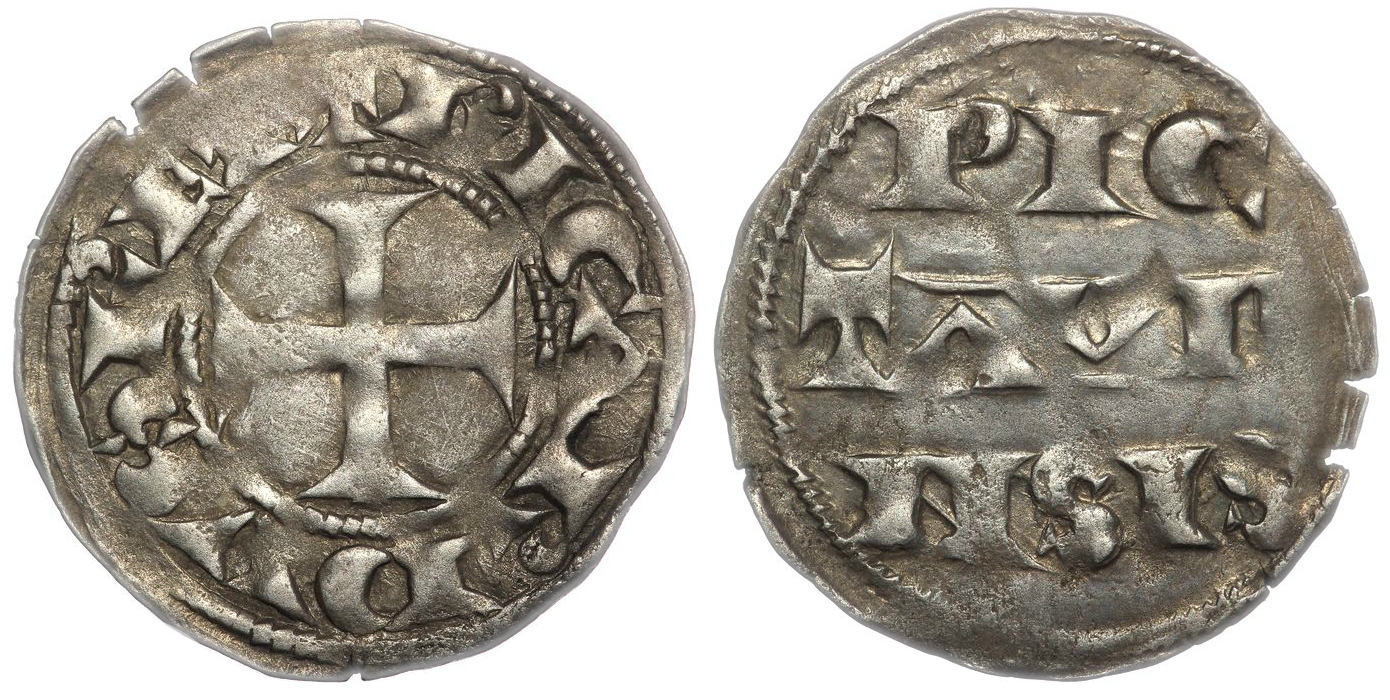
Reverse: PIC / TAVIE / NSIS in three lines
Die Orientation: -
Weight: 0.94 g
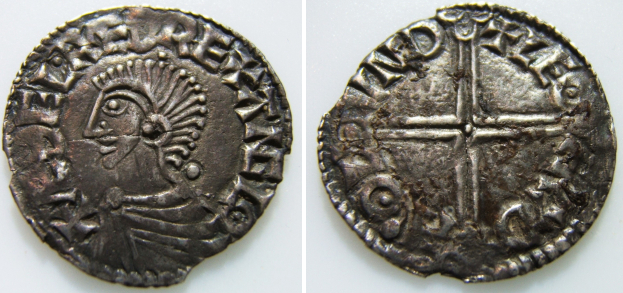
Reverse: + LEOFþOLD M-O LVND - Voided long cross.
Die Orientation: 3 H
Weight: 1.04 g
